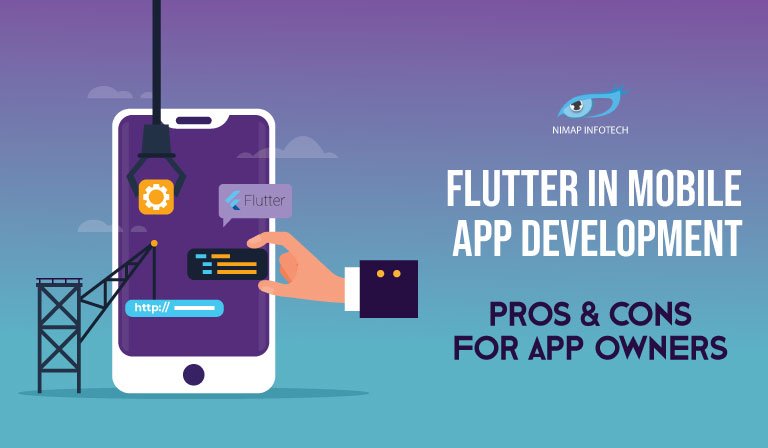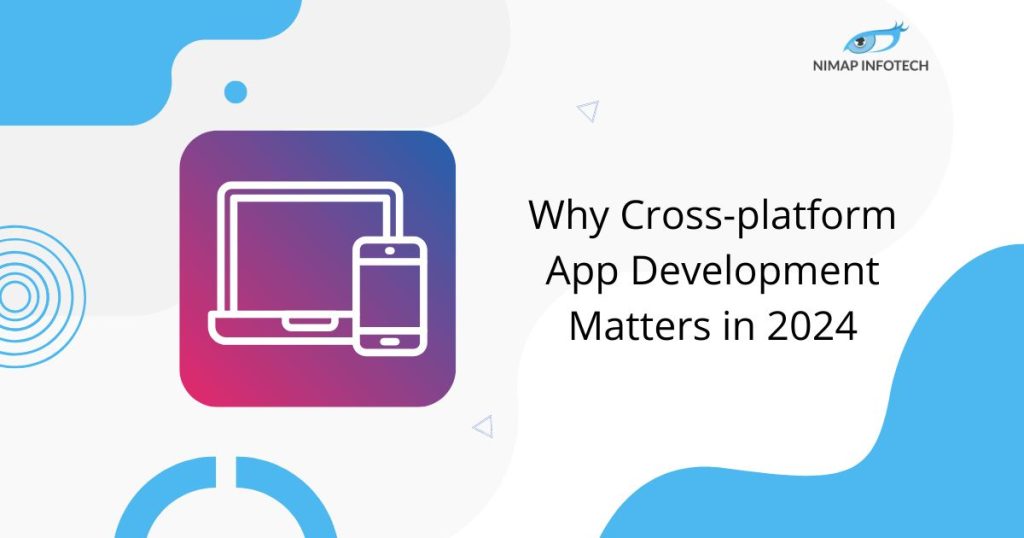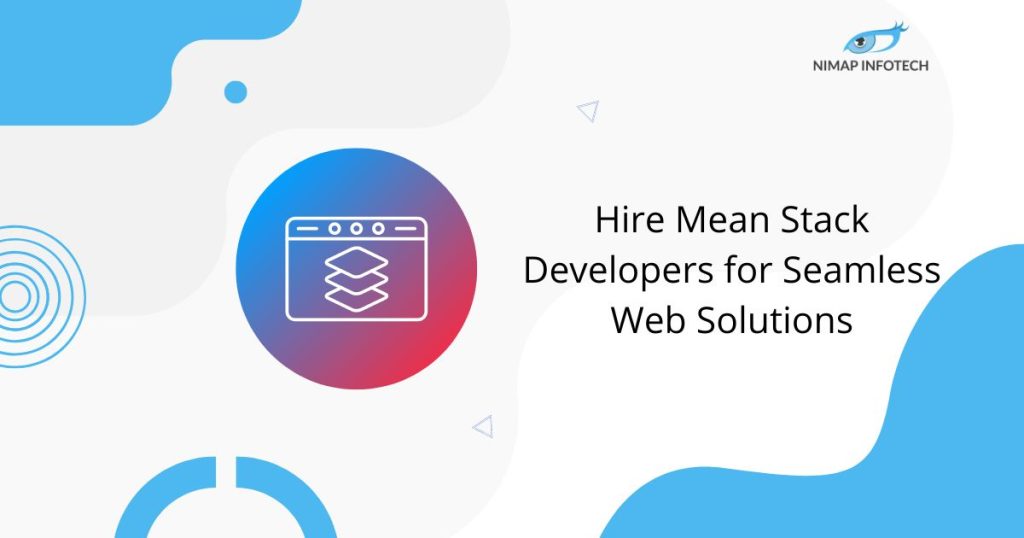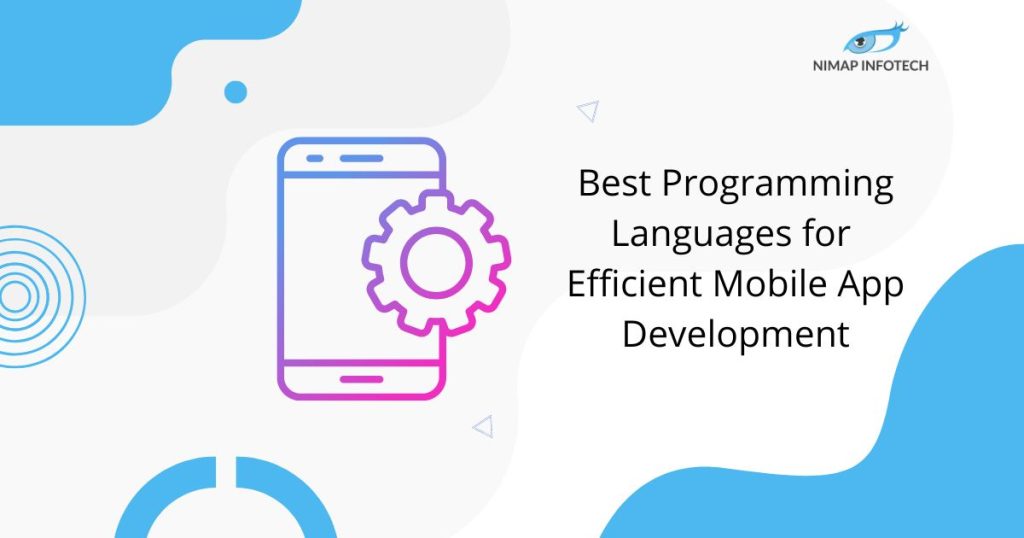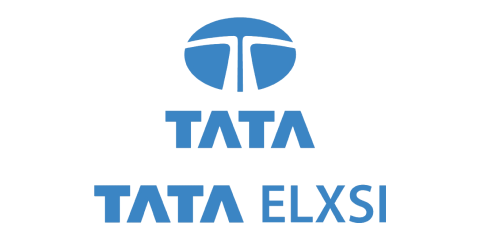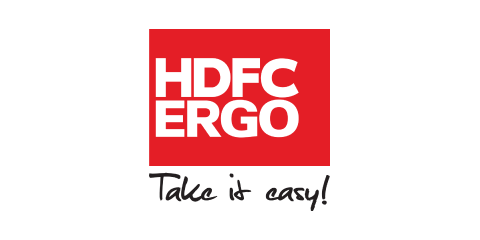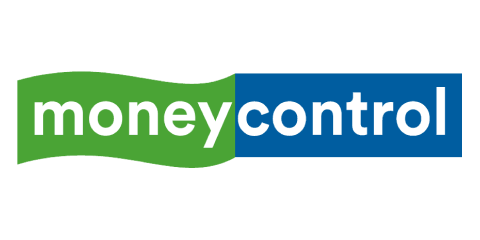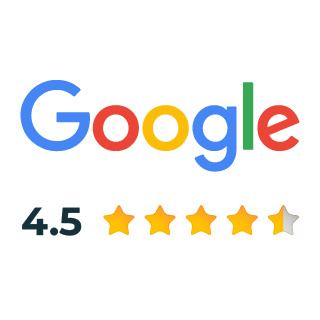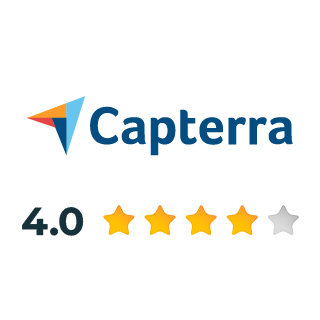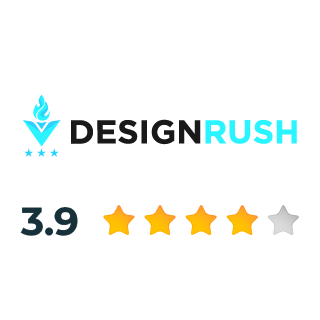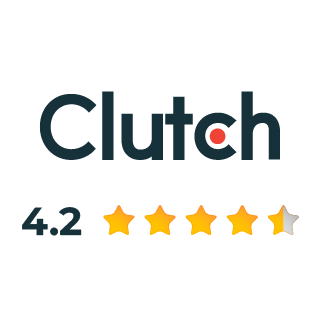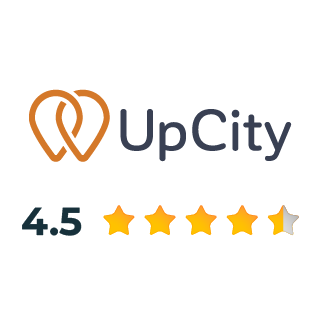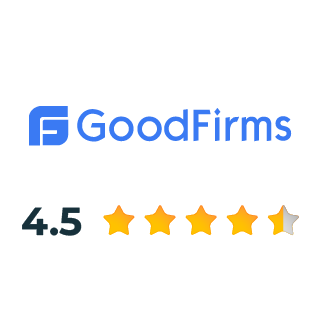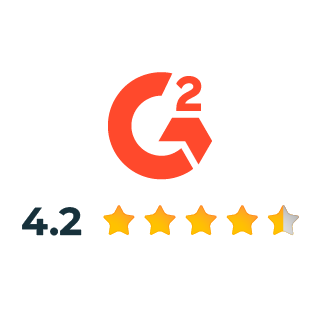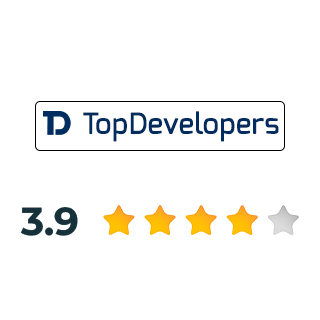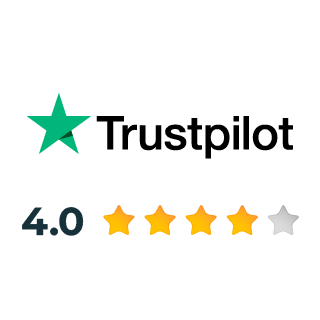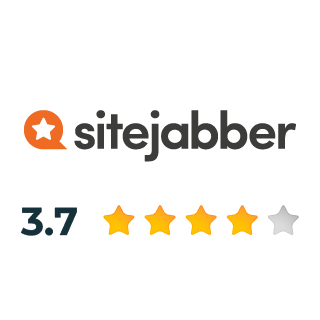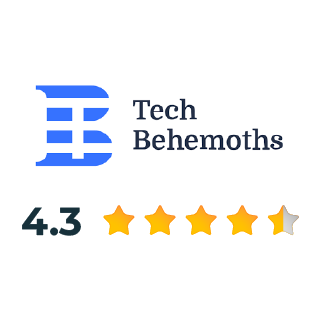Often it happens that technology is invented to overcome the programming and platform limitations that exist in a certain technology. There have been many technological advances each having its own pros and con for superseding the platform limitations that exist for a certain technology.
In this article, we are going to have a look at such a technology that has been invented to overcome cross-platform limitations as well as cost restrictions that exist when developing apps that are compatible across many platforms.
We are going to have a look at the technology named Flutter that allows developers to develop mobile apps across cross-platform devices namely iOS and Android devices that have a single code base and framework. This is the latest technology being introduced by Google at the Google IO developer conference 2018.
Let’s get to the introduction of Flutter. Then we will discuss the benefits, its pros and cons as well as further developments
Introduction to Flutter?
Flutter is Google’s mobile application development kit that can be used to develop mobile apps that run on cross-platform devices such as iOS, Android as well as Google Fuchsia devices. Google Fuchsia is a new platform being developed by Google.
There have been many programming hours being put into the development of Flutter
It is capable of the following features:
Major parts of the engine to improve performance
Full support for development on the Windows Platform
Tooling support for the Android Studio and Visual Studio code
Support is provided for Firebase APIs
Support for inline videos, adds, and charts
Lets us go through some more features:
Flutter is a free and open source
It uses the C++ rendering engine
It is based on the Dart Programming Language
Provides its own widgets
Architecture is based on reactive programming
Let us see how
Flutter succeeds at cross-platform development:
Google Development kit allows developers to develop 2D mobile apps. It can be used to develop full-featured mobile apps including support for cameras, geolocation, storage, network and more. If at all you need to build impressive branded designs or stock platform apps, then a cross-platform framework like Flutter is well suited for the task.
Mobile Application development using Flutter:
Currently, there are few mobile app development use cases that actually use Flutter to develop apps.
Google has itself used Flutter to develop the Adwords app which assists advertisers and keeps track of ad buys. The Alibaba mobile app is also built using this toolkit. Alibaba is China’s biggest E-commerce company and resembles Amazon.
There have also been some mobile apps that have been developed using Flutter but are not as popular as Google’s Adwords or Alibaba. For example, the official mobile app for Hamilton, the Broadway Musical. The Hamilton mobile app features daily lotteries, exclusive videos and news, a merchandise store, a trivia game, and more. Coach Yourself, a meditation app that has been developed for the German Market. One more mobile app is the Abbey Roads Studio’s Topline app (a recording service that captures song ideas) is also built using Flutter.
We have seen flutter as being a lot of value for the developer community as well as to app owners who want to streamline the development process. Let’s discuss the pro’s and con’s of this framework
Pro’s / Advantages
Flutter has a number of advantages that gives it an edge in the development of apps.
Let us take a look at the advantages offered by the Flutter framework to mobile app developers and business owners.
Hot Reload:
One of the greatest thing about Flutter is its capability to Hot Reload. Developers can see all the changes they have made to the code right away in the app. It takes just seconds to see the changes, teams can quickly add new features, fix bugs and experiment. Hot reload facilitates better collaboration between designers and developers when they want to improve how the app looks and check the effects immediately.
Cross Platform Development:
Using cross-platform capabilities, there is no need to build separate mobile apps for different platforms. You can just build one mobile app, use the same code base for two mobile applications. Besides cross-platform development, Flutter gives you a head start in developing for the Fuchsia platform also. Fuchsia is an experimental platform in development at Google. This is a new platform that experts tout that it is going to be a replacement for the Android platform
Perfect for an MVP
If you want to show your product or mobile app to investors as soon as possible, you can build the Flutter mobile application that would give a native look on both the Android and iOS Application.
Thus you can give your investors a clear idea of how your MVP would look like. Developing two separate apps would take much more time and money.
Less Code:
The programming language that Flutter uses is Dart. Dart is a language that is object-oriented and is strongly typed. Flutter resembles a lot like React Native, its programming style is similar to reactive and declarative Flutter does not use JavaScript bridge, so this improves app startup times and overall performance. Dart is able to achieve this thanks to AOT or ahead of time compilation.
Dart also makes use of Just in time compilation. JIT compilation with Flutter improves the development workflow by allowing for a hot reload capability in order to refresh the UI during development. It eliminates the need for an entirely new build.
Flutter is designed from the ground up to code less for any functionality. When there is less code means there will be fewer bugs.
Widgets:
Widgets are necessary for any app’s view and an interface. They must have a natural look and feel irrespective of the screen size. They also must be fast, customizable and extensible. Flutter takes everything’s-a-widget approach. It has a rich set of widgets and extensive capabilities for creating complex widgets. In Flutter, widgets are not only used for views but used for entire screens as well as for the app itself.
Access to Native Features:
Some of the platform-specific features such as access to camera and geolocation require access to native features. These functions need to be implemented by means of native language, and Flutter provides you with the feel of developing on the native language. Flutter allows developers to use their existing Java, Objective-C or Swift code to access native features and SDKs on Android and iOS
Official Support:
Because Flutter is developed by Google, there is a big name associated with it. These are awesome support from the Materials Design Team and a community of over 1000 developers willing to contribute to the growth of this framework
Easy to setup:
Flutter is easy to set up and to start coding on low-end machines. Developers need not worry about the operating system not being able to handle Flutter. On the contrary, Flutter doesn’t require a power machine.
Cons:
The framework is relatively young, and it is still growing and developing. The toolkit has its limitations. Let’s look at them.
Mobile only:
Flutter only caters to mobile apps, web browsers are still not supported by Flutter. When you get to choose the technology stack you want to work with, this can influence your decision. If you’re looking for Maximum Device Flexibility, then Flutter may not be for you.
Limited Libraries:
Google supports Flutter and there are many helpful libraries. However, the framework is relatively new, and you won’t find every functionality you are looking for. Native apps, on the other hand, have everything under their belt, including Stripe and Twilio and most streaming services such as Wowza and UStream, with Flutter developers would have to build these libraries themselves, which is time-consuming.
Continuous Integration:
There are ready-made solutions that are available for Native Android and iOS apps that allow them to work with CI platforms like Travis and Jenkins. There are also ready-made Flutter solutions for most popular CI platforms such as Travis and Circle. However, you need to set up the toolkit for these kinds of platforms. Travis can be used in a number of Repos.
Limited TV Support:
If you were thinking of building an app with this framework can run on Android TV or Apple TV, then the answer is more no then yes. There is practically no support for this kind of apps on Android TV or Apple TV
ALSO, CHECK: Mobile Application Development Services
